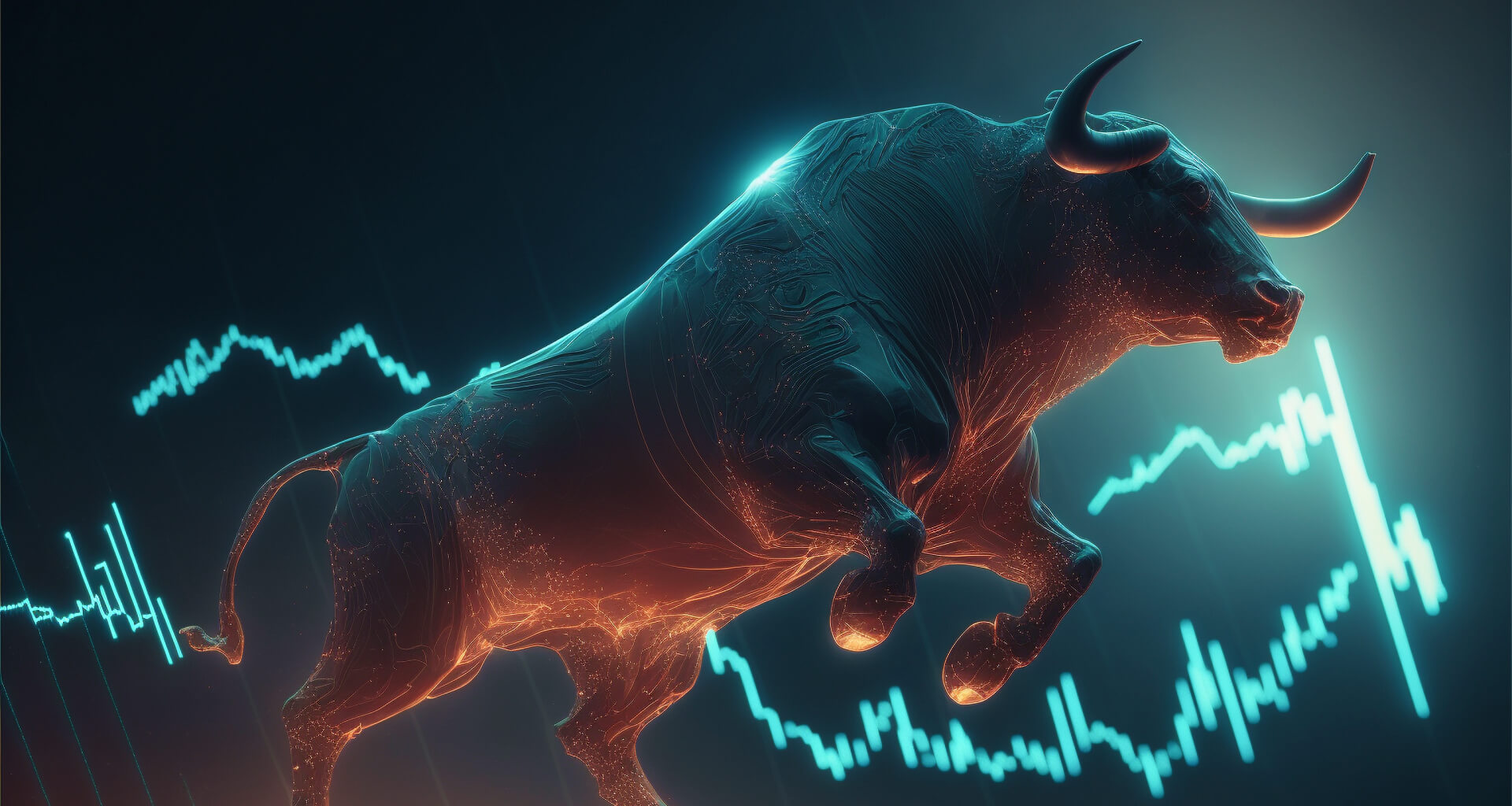To display information on the quotes of the foreign exchange market, several ways of building charts exist. Charts are used by the trader to conduct technical analysis and make market decisions. They are built in two coordinates: price and/or tick volume (shown on the vertical axis) and time period (horizontal).
Some kind of data is used for building charts (except tick ones):
- open price – price*, which is formed at the beginning of the trading period;
- close price – price*, which is formed at the end of the trading period;
- high price – the highest price* of the trading period;
- low price – the lowest price* of the trading period.
The trading period or timeframe is called the period of time, which is used for chart building. If you have this information, it is grouped and given in a graphical form. There is an opportunity to use such timeframes: 1 minute, 5 minutes, 15 minutes, 1 hour, 4 hours, 1 day, 1 week and 1 month on the MetaTrader 4 trading platform. There are several ways of chart building, but their aim is the same, that is to show information easily at any time.
Тick Chart
It is a graph of the smallest scale, which shows unit price changes. It is not connected to a certain time interval, and it is building in real time – after every change in the rate. The upper part shows the features of the Ask price, whereas the lower – Bid. This type of chart is not used for analysis: it is used only to determine the moment of entering the market when all other parameters are already defined.
Line Chart

Only close prices of previous trading periods (they automatically become open prices of new periods) are used to build a line chart. The graph looks like a curve. This type of chart is suitable for short periods. You cannot define price changes within one period, because there is no information about the open prices. So the ratio between the price ranges within the period is missed information. However, at the same time, some traders think that there is no unnecessary information. This fact significantly simplifies the process of trading for them.
Bar Chart

High and low prices, which are connected by a vertical line, are also used to build a bar chart. The shorter strips on the left show the open price, whereas those on the right show the close price of the period. One bar shows all the price changes over the period. The set of several bars forms the graph of price movements. The significant advantage of this chart is the possibility to watch all the price changes within the trading interval.
Candlesticks

They are built the same way as bars. The main feature of the chart is the presence of the candle’s body the distance between open and close prices. If the close price is lower than the open price, the body is coloured in black (or another dark colour, which is provided by the terminal). Black (dark) colour is called “bear” colour. If the close price is higher than the open price, candle’s body remains white. White is called “bull” colour**.
Vertical lines, coming from the candle’s body are called shadows. The shadow above the body is called the upper shadow (uvakage), and it shows the high price of the specific period; the shadow below the body is called the lower shadow (shitakage), and it shows the low price of the period. The upper shadow is sometimes called the “hair” of the candle and the lower shadow the “tail”. Red is used instead of white in Japan, but in the west, the empty body is displayed in white, so that candles do not merge when copying.
* All types of graphs in terminal MT4 are based on bid prices, except the tick chart, which shows both prices.
** Blue and white are used in terminal MT4 by default. You can change the colour in the terminal settings.
You can see in the trading terminal MetaTrader 4 how each of the chart types looks like both on the practice account and the live account.




